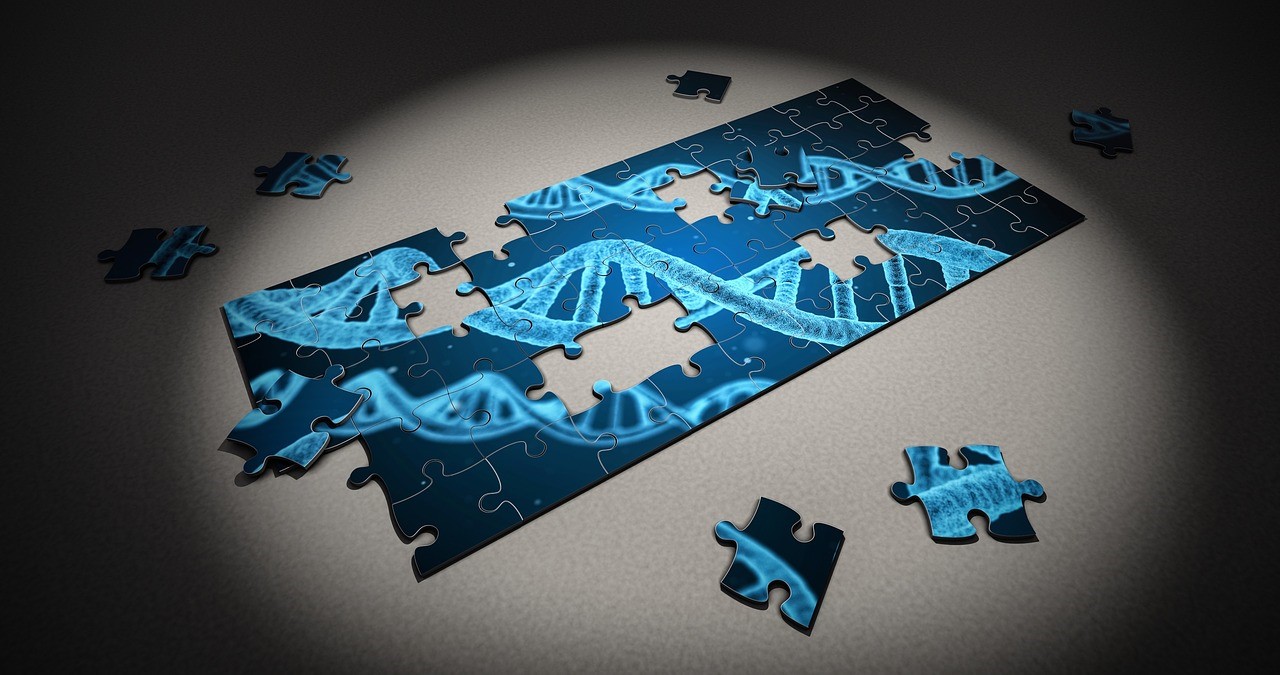
By Heather Hamilton, contributing writer
Nearly five years ago, Crispr-Cas9 made headlines with its ability to edit genes — finding, removing, and even replacing genetic material. The technology has guided researchers toward new drugs, foods, ways of therapy, chemicals, and materials and is currently in clinical trials for treatment of a variety of genetic diseases.
From preventing hearing loss to getting rid of ALS in mice and even the beginning of human trials, 2018 is the year for Crispr. Tests will begin next year for therapy combining Crispr gene editing and stem cell therapy that treats for beta thalassemia, a blood disorder. CEO Samarth Kulkarni also told Gizmodo that they plan to file an application to conduct a similar trial for sickle cell disease. “In 2018, the first human is going to get dosed with Crispr in the clinic,” said Kulkarni. “And we’re going to be the first ones to do it.”
And while there’s a lot on the horizon for Crispr, Wired reports that it is somewhat unreliable because it can’t bind to any place in a genome and sometimes cuts in the wrong places — hence the need for more advanced gene-editing technologies. Crispr is certainly revolutionary, but where does it fall short?
One of Crispr’s most recognizable features is its ability to cut through two strands of DNA. Of course, this presents a risk because of the possibility that cells make mistakes when repairing the injury. To make this process safer, researchers have been working on mutating the Cas9 enzyme to bind to DNA but not cut it. “Then other proteins — like ones that activate gene expression — can be combined with the crippled Cas9, letting them toggle genes on and off (sometimes with light or chemical signals) without altering the DNA sequence,” writes Wired.
Researchers at Harvard and the Broad Institute are working on editing individual base pairs one by one, which requires designing a new enzyme capable of chemically converting an A-T nucleotide pairing into a G-C pairing. David Liu, whose lab was responsible for the research, believes that the swap could fix nearly half of the 32,000 known human pathogenic point mutations.
Wired explains that Crispr’s job is to find enemy DNA and shred it, which can make it dangerous in clinical applications. If it is in a cell for a long time, the odds increase that it finds a target and makes a cut. To combat this, researchers are working to make Crispr more controllable. They’ve discovered 21 families of naturally occurring anti-Crispr proteins, which turn off the gene cutter. Still, scientists don’t understand how most work but are working to learn how exactly they can create programmable toggles via the protein families.
DNA is still largely a mystery to researchers, especially as it relates to human disease. Feng Zhang, who co-discovered Crispr, is leading research on Cas enzymes that target RNA (as opposed to DNA). RNA gives instructions for the rebuilding of proteins, holds more information about genetic grounds of certain diseases, and travels, which makes it great for treating short-term problems. Right now, Zhang’s system, called Repair, works for only one nucleotide conversion, but they’re working on identifying how to do the others, 11 in total.
Several other Cas enzymes have been discovered in the course of research, with more likely to come. Researchers hope that this will lead to a second generation of better gene-editing capabilities — and then a third and a fourth.
Sources: Fierce Biotech, Futurity, Gizmodo, Wired
Image Source: Pixabay
Advertisement





